Tutorials
Flip downward-facing dog into Urdhva Dhanurasana (upward bow or bridge pose). This is an advanced transition that requires spinal mobility, shoulder, wrist and hip flexors flexibility.
Astau - eight, vakra - crooked, twisted, curled. This arm balance is a core-strengthening twist that requires hamstring flexibility.
In this video, we talk about the deep front line of anatomy meridians and its role in backbends.
In this video, we talk about legs and pelvis and how we need to work them in order to avoid the lower back compression.
Props: 2 blocks (optional)
In this video, I talk about the theory of backbends, which is followed by a short practice on torso flexibility.
Props: 2 blocks
In this video, I talk about the theory of back bends, which is followed by a short practice on arms and shoulder flexibility.
Props: 2 blocks
Pincha Mayurasana - a feather of peacock pose is a forearm balance. Hollow back Pincha is forearm balance with an element of backend added to it. It’s great for opening the chest and shoulders. In this video, we use the props of a wall and a block (which can be replaced by a thick book).
In this tutorial on kasyapasana we focus on all elements of this challenging side plank: external hip rotation, shoulder mobility and twisting for binding.
Mayurasana - the peacock pose requires upper body and core strength as well as a good sense of balance. We will look at serratus anterior muscle that we have to learn how to engage for this very challenging pose.
Padmasana - the ultimate yoga pose we use for seated practice. It requires hip and knee flexion, external hip rotation, and ankle/foot mobility. In this video we work on 4 types of stretching:
- Static
- Dynamic
- PNF (proprioceptive neuromuscular facilitation)
- MFR (myofascial release)
Props: 2 therapy or tennis balls in a pouch/sock.
Understand and practice the chinstand. I recommend watching these videos that will help you with this pose: Superficial back line tutorial and Engaging superficial back line tutorial
Even though backbends can feel like a lot of stretching, they also involve a lot of strengthening in the superficial back line. Do this class to understand how to engage through the back of your body.
In this tutorial, we talk about the myofascial meridians that are involved in the practice of back bending. We cover lateral, spiral, superficial front and back lines.
Proprioceptive neuromuscular facilitation is my latest favourite way to stretch. We actively engage in forward-bend (not using hands) for 10 seconds, followed by a backbend of 8 seconds. Doing three to four rounds usually delivers the best results.
Learn how to engage your core when stepping forward for lunge or virabhadrasana. Mastering transitions like these makes your practice light and effortless.
Combine the compass pose and side plank in this super challenging pose. For a blooper, head to this IG post - I hope this will make you smile. Watch Compass Pose as well as Side Plank tutorials before you attempt this pose.
Practice correct alignment and stacking of shoulders, hips and legs in side plank while working at the wall.
Compass pose required deep hip flexion, external hip rotation, side body flexibility, and a splash of a twist. Try this fun pose as preparation for Vishwamitrasana (side plank variation).
Learn how to safely transition from crane pose (bakasana) to tripod headstand (tripod headstand).
Master this standing forward bend of Prasarita Padottanasana A and C
This is part one of four videos on bad back habits. Watch this tutorial to make sure that you exercise safely for your back.
This is part one of four videos. In this tutorial, we talk about bad back habits, and in particular - when standing.
This is part one of four videos. In this tutorial, we talk about bad back habits, and in particular - when sleeping.
This is part one of four videos. In this tutorial, we talk about bad back habits, and in particular - when sitting.
Learn how to practice a tripod headstand. Make sure that you first test how pressure against the head and neck feels with knees off the floor. If it’s unpleasant work with your knees down. Use the wall if you can’t balance on your own. Necks are precious, so take good care!
Play with sideway crane pose (parsva bakasana) and eka pada koundinyasana. Both uber funky arm balances that require strong core and arms as much as a very twisty spine.
Try these five exercises that will help you understand the many actions we need to perform in bakasana (crane pose). We look at hip flexion, activating of serratus anterior muscles, core strengthening, and shifting of the weight into our arms.
Proprioceptive Neuromuscular Facilitation or PNF has become my favourite way to stretch muscles. Try these five exercises that target hip flexors, hamstrings, shoulders, side body, and external hip rotation.
Check your shoulder ROM (range of motion) to understand how it will affect your pincha mayurasana or handstands. Try my two favourite shoulder stretches to improve your shoulder mobility.
Handstands are so much fun! Before watching this video, please do “Wrists and shoulders warm-up” tutorial first, then the first video on getting up the wall.
This short video is for those who want to try using the wall as a prop to going upside down on their arms. I recommend doing the “Wrists and shoulders warm-up” tutorial first.
Titibhasana (firefly pose) is a challenging arm-balance that requires deep flexion, hamstring flexibility and core strength. Please watch Tutorial on Bhujapidasana before attempting this one.
Bhuja (elbow) pida (pressure) is a beautiful arm balance that requires deep hip flexion, arm and core strength. It will prepare you for the more challenging titibhasana (firefly pose).
Try fascial conditioning and proprioceptive neuromuscular facilitation to get into deeper hip flexion and hamstring flexibility. Be amazed at the dramatic change you can achieve in your superficial back line in just 15 minutes!
Try this game-changing routine that will improve your forward bends dramatically!
Props: we need one therapy ball or a tennis ball. Use BALLS5OFF discount code to get $5 off these therapy balls that I use.
Understand and practice this challenging and fun arm balance that requires deep hip flexion, external hip rotation, some courage, and a strong core!
Props: we need a block or a few cushions stacked to replace it.
Try this arm-balance using cushions. This pose is all about trusting your heart and diving down head first!
Understanding the challenges of pigeon pose and how to work in it safely and sustainably.
Work on your feet and legs in warrior pose. We use my favourite prop here - the wall.
Finding balance in Warrior A pose - the best alignment for the lower back and sacroiliac joints.
Wall is a great prop for understanding alignment in poses. Try this video to further refine your trikonasana pose.
Discover softness and ease in this fundamental pose that sets the stage for many other backbends.
Body movements in three anatomical planes. I recommend first watching tutorials on Superficial Front and Back lines.
The superficial front line of anatomy trains plays a big role in backbends.
Discover Superficial Back Line of anatomy trains, a holistic approach to our body defined by Thomas Myers.
Learn about carrying angle, your arms in downward dog and best alignment for your body.
Creating freedom in the spine through working with shoulders in Downward Facing Dog.
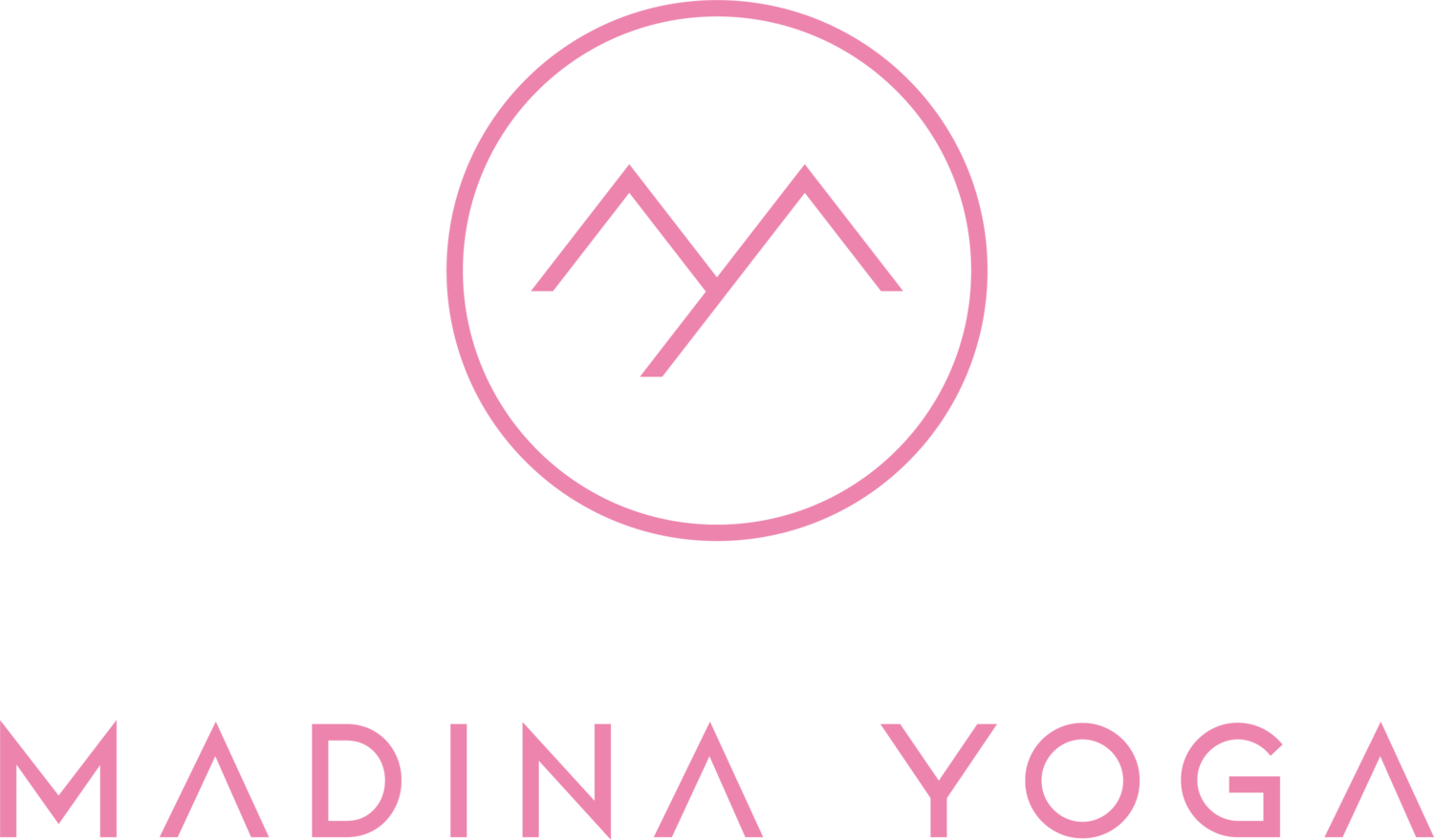

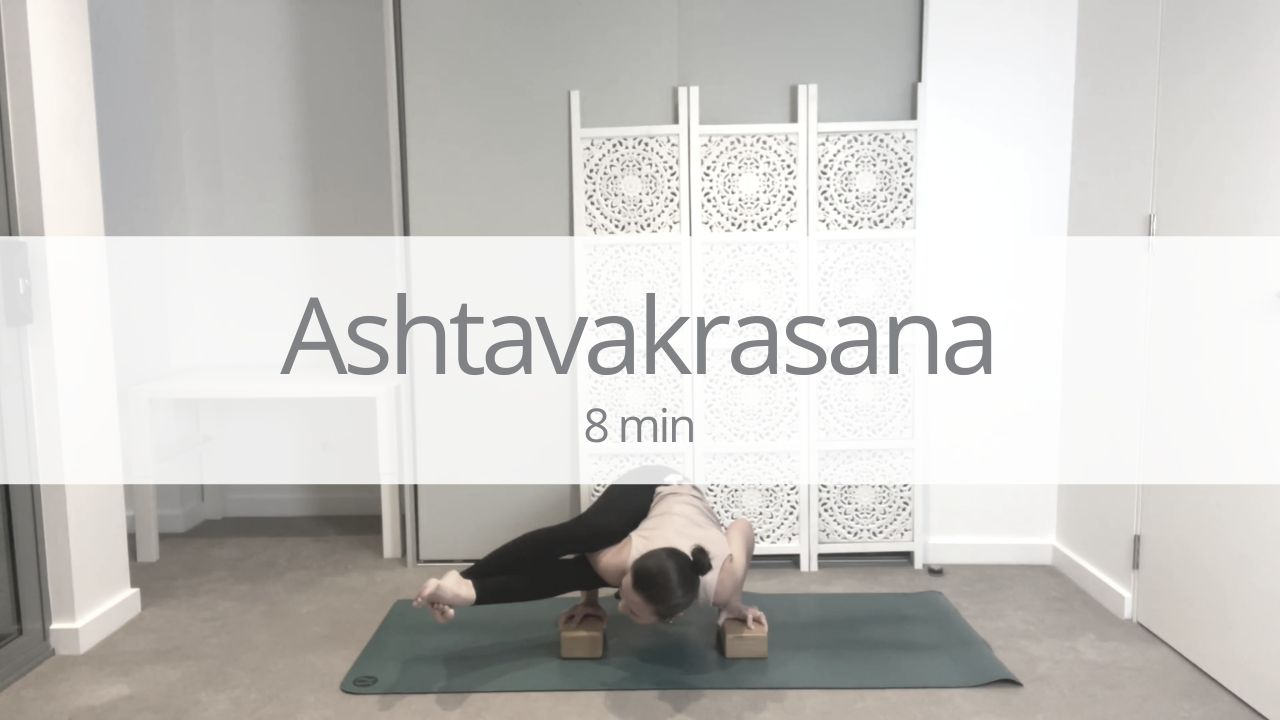








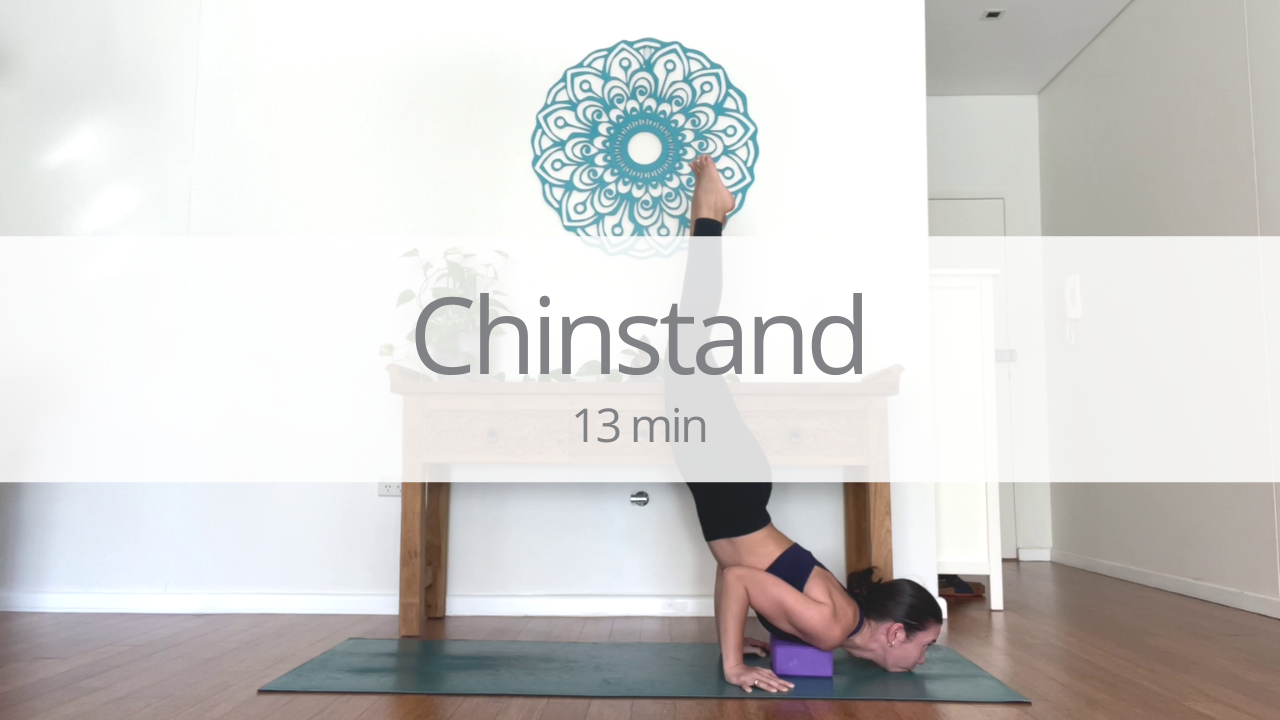













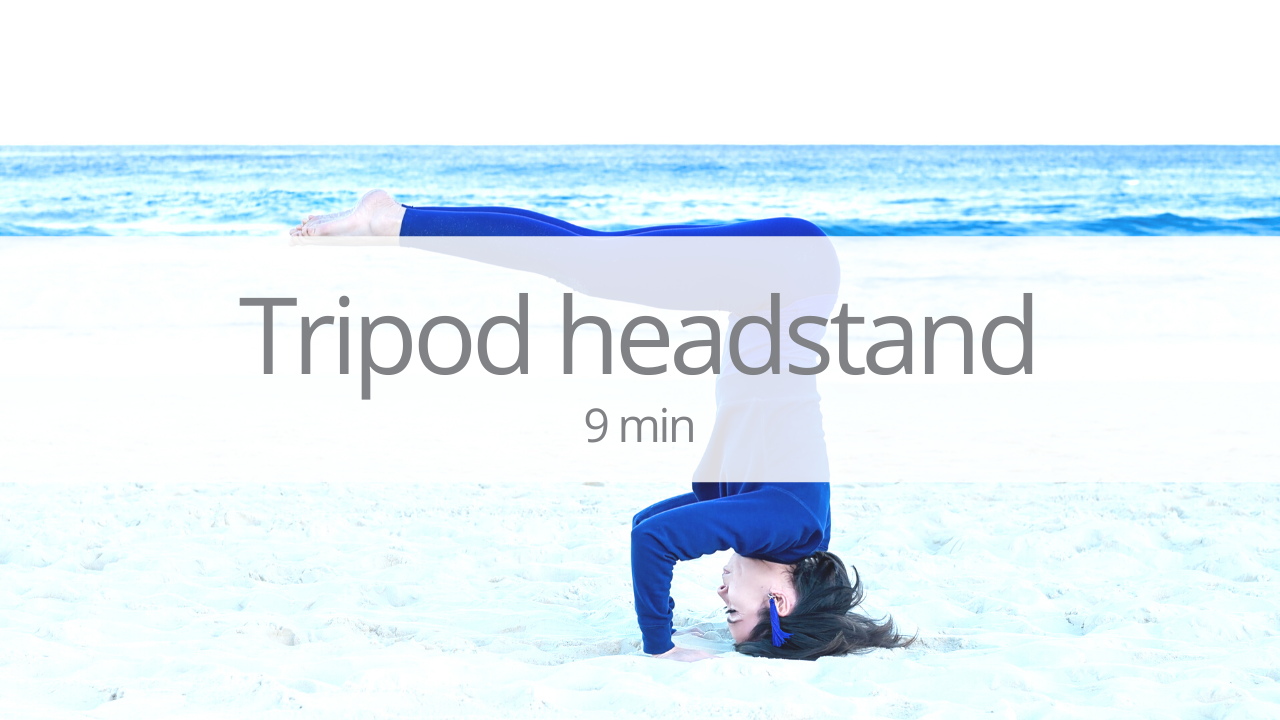


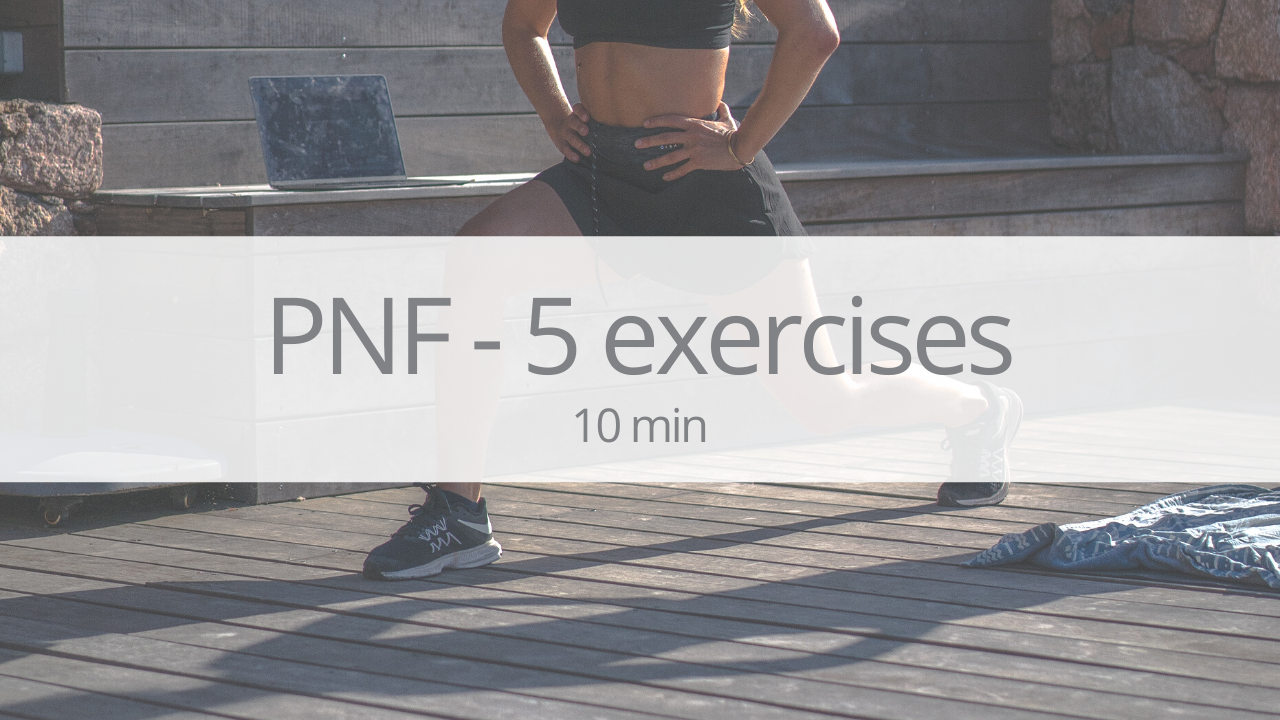
























Watch this tutorial to understand how to engage the midback in handstands.